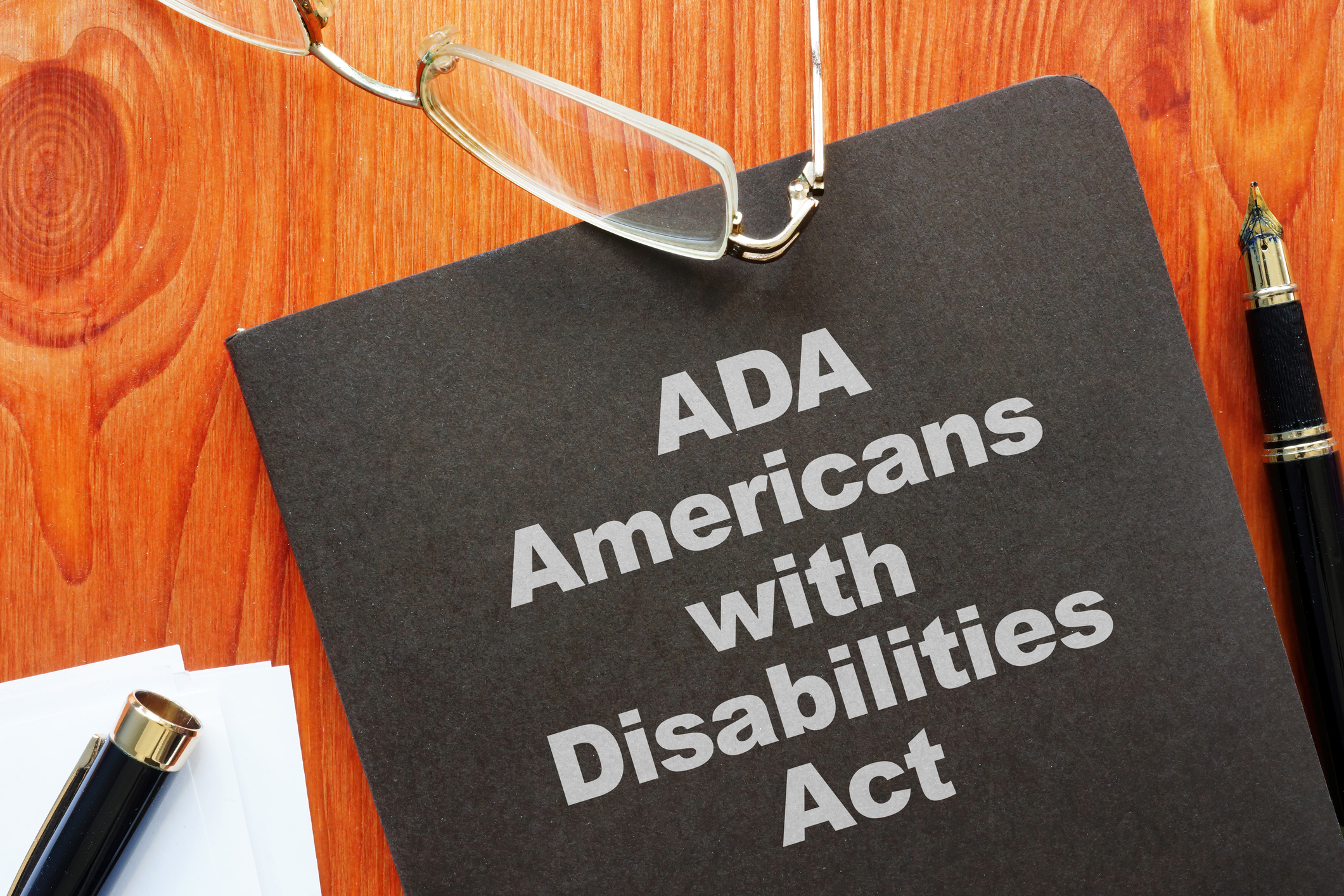Additional Resources
Below are some links to accessibility-related information and tutorials to help you continue your research into accessibility.
This content is designed as an introduction and general overview of accessibility, its importance in education, and how certain content can be made accessible. While not fully comprehensive, the presented information can be applied to course design, web development, and towards the creation of educational materials, including open educational resources (OER). Users who review this information are encouraged to continue their accessibility education by visiting the provided links, speaking with colleagues and appropriate institution departments, and researching the subject further.
The University of Texas System is committed to making information resources developed, maintained, distributed, and procured accessible to everyone, including those with disabilities. There are three simple reasons for this commitment:
To further this initiative, the UT System is committed to educate faculty, staff and students by providing accessibility resources, training, and assistance.
Users of this module are encouraged to visit the W3C page “Diverse Abilities and Barriers” to learn more about the types of disabilities and barriers to academic success.

Ensuring that educational materials are accessible is complex. To ensure compliance with federal and state law, and UT System and institutional policy, those developing course and other educational materials to ensure accessibility should review UTS 150, the UT System policy governing access by persons with disabilities to electronic and information resources (EIR) procured or developed by The University of Texas System Administration and The University of Texas System Institutions.
For additional guidance, they should also consult their accessibility office as well as their legal office.
This content was developed as a deliverable of the UT System Affordable Learning Accelerator Task Force by Alan Safai, Instructional Designer II; Kerry Tate, Director of the AccessAbility Resource Center; and Darren Crone, Assistant Provost, Educational Technology Services, all at the University of Texas at Dallas.
Additional Resources
Below are some links to accessibility-related information and tutorials to help you continue your research into accessibility.